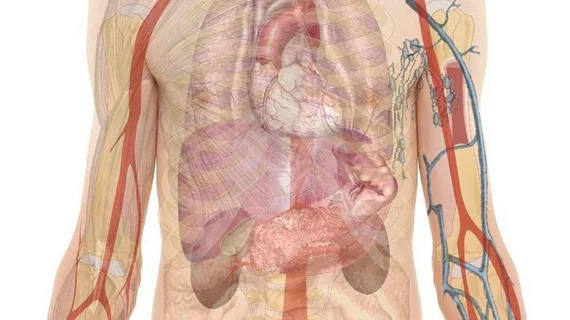Attralus completes financing to validate pan-amyloid nuclear imaging agent
Biopharmaceutical firm Attralus has completed a $25 million Series A financing designed to further validate its AT-01 pan-amyloid radiotracer for PET/CT.
Led by venBio Partners, the infusion is also intended to advance two therapeutic candidates, AT-02 and AT-03, into clinical development for ATTR (transthyretin), AL (light chain), and potentially, ALECT 2 systemic amyloidosis.
Amyloidosis is the abnormal accumulation of toxic amyloid proteins in any of various organs. Symptoms vary by the site of the buildup, and the condition can be treated but not cured.
“With our novel, pan-amyloid targeting agents, we are able to visualize the pathology and progression of systemic amyloidosis by whole-body diagnostic imaging,” Attralus CEO Spencer Guthrie said in prepared remarks. “We are now leveraging our pan-amyloid binders to develop highly-targeted therapeutics to remove toxic deposits of amyloid fibrils from affected tissues.”
In a bulletin item, Guthrie says Attralus’s approach to removing amyloid in the body has the potential to benefit a wide range of patients diagnosed with amyloidosis, including late-stage patients in whom current therapies have not shown significant impact.
He adds that the company has an opportunity to utilize AT-01 to guide the development of AT-02 and AT-03 in a targeted fashion by detecting the exact site and size of amyloid, carefully selecting patients and monitoring treatment response.
Attralus expects to file IND applications for two therapeutic programs by early 2022.
